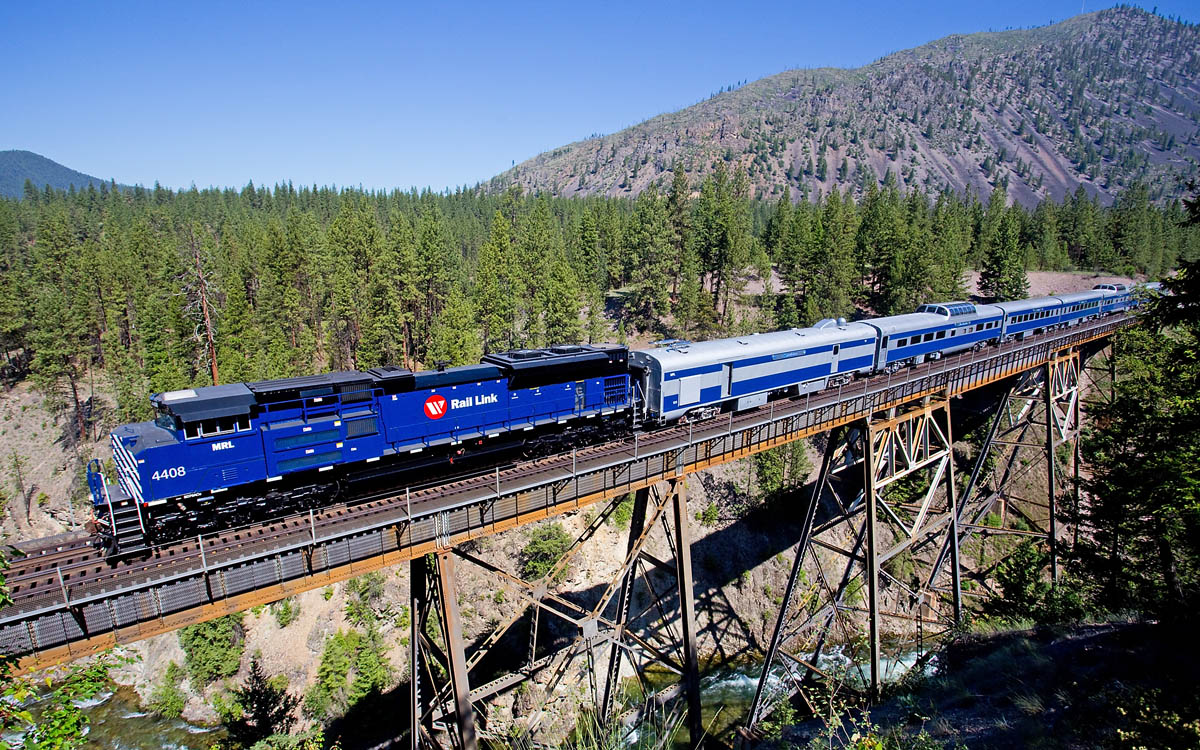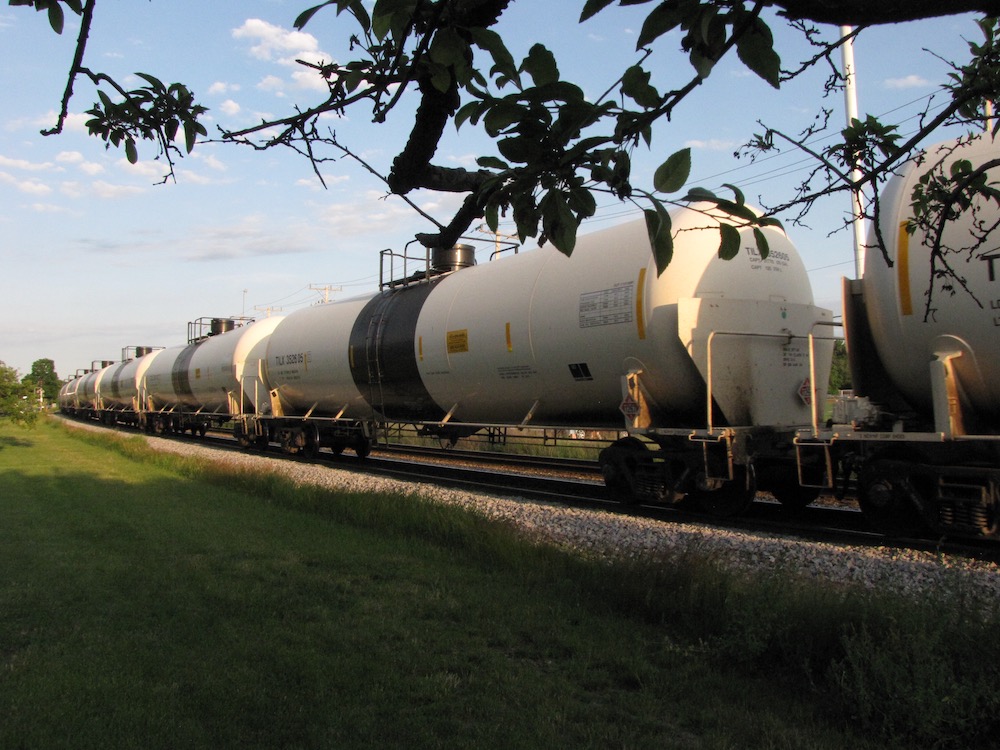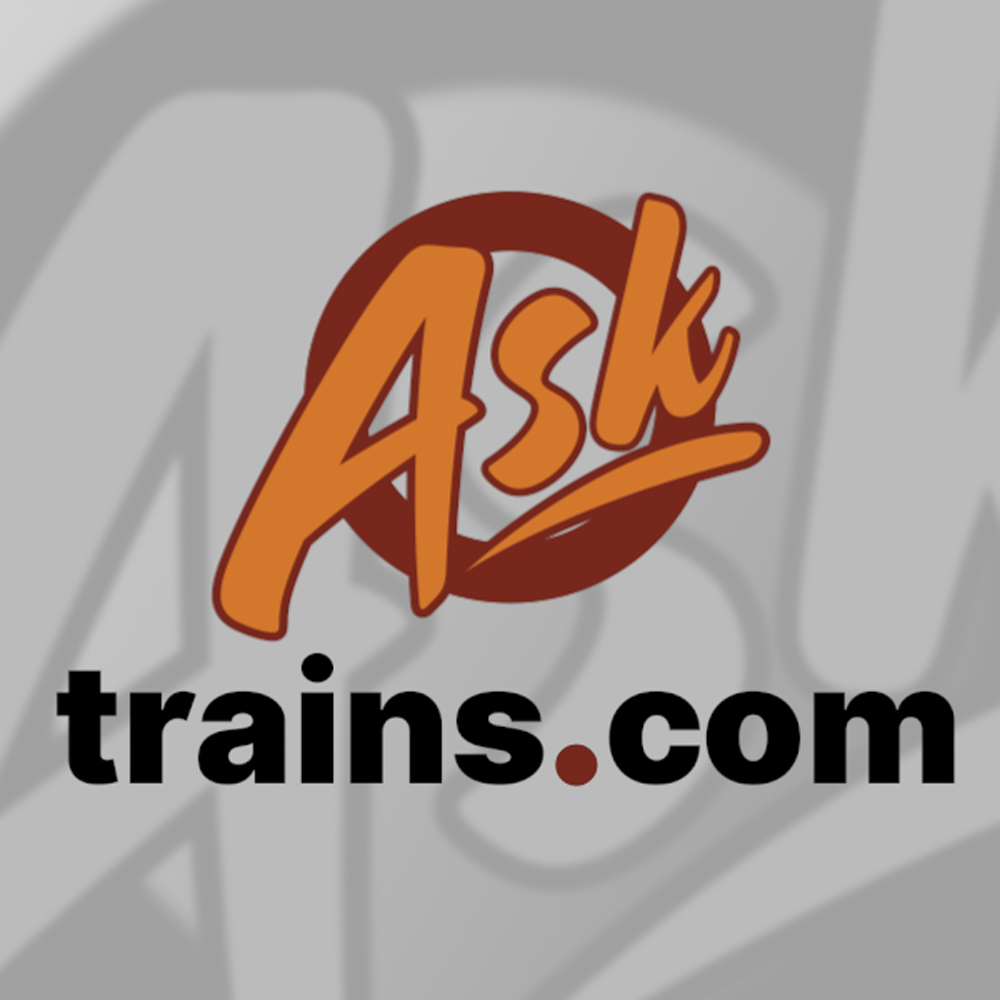A The Class I railroads, and some smaller operations, maintain special passenger-car fleets for official business. That can vary from entertaining important clients and public officials and inspecting the physical plant of the railroad to hosting emergency first responders to familiarize them with the rail industry. The term “inspection train” can range from an executive-level look at the right-of-way to a two-car setup with specialized equipment to detect flaws in rails and ties, also commonly known as a “geometry train.” One abbreviation, “OCS” for “office car special,” is used in railfan discussions when talking about such moves. One common “OCS” move occurs each spring when railroads move their business cars to Louisville to entertain guests during the Kentucky Derby. Other events that regularly attract railroad business trains are political conventions, major sporting events, and charity runs. Some railroads, in conjunction with Operation Lifesaver, will bring emergency first responders aboard business trains to help in teaching railroad operations and public safety, and even allow them in the cab to provide an engineer’s view of grade-crossing dangers. Much of the equipment in the railroads’ office car fleets largely dates to the postwar era of streamliners. The Class I railroads even obtained a number of railfan-favorite dome cars for business use after they were phased out of the Amtrak intercity car fleet. Other cars include sleepers, diners, and lounges with space for meetings and windows for observing the right-of-way. Many railroads operate so-called “theater cars” with elevated seating for viewing out the back of the train. – Brian Schmidt
Railroad business trains
| Last updated on November 3, 2020
Ask Trains from the December 2015 issue












